#Magna
Junkyard Find: 2004 Mitsubishi Diamante LS
Mitsubishi began selling cars with its own branding in the United States in late 1982, introducing three car models and a pickup as 1983 models. We had an extensive range of Mitsubishi models to choose from for quite a while, including a credible luxury sedan known as the Diamante, but those days are long gone. Today's Junkyard Find is one of the very last Diamantes sold here, now residing in a Denver car graveyard.
Magna’s Driver-Monitoring Rearview Mirror Ready for Action
With European regulators having decided that all new vehicles must have driver monitoring systems starting in 2024, the industry is gearing up to supply new products. However, consumers may not like the idea of driver-facing cameras recording their every move from inside the cabin, as there’s a strong possibility that data-obsessed automakers will utilize that information in unpalatable ways. That’s why Magna’s latest gizmo hides the camera lens behind the glass of your rear-view mirror.
Rare Rides Icons: The Mitsubishi Diamante Story (Part IV)
Last time on our Diamante coverage, we learned about the near-luxury sedan’s somewhat delayed introduction to America. In the two-year translation from a Japanese market car to an American one, Diamante lost the majority of its interesting and advanced tech features and adopted a cheaper suspension design. Today we’ll find out what happened when Mitsubishi pitched the new and de-contented Diamante against the Lexus ES 300.
Rare Rides Icons: The Mitsubishi Diamante Story (Part III)
Today is the third installment in our coverage of the Mitsubishi Diamante, the Diamond Star brand’s only luxury offering ever sold in the North American market. Part I introduced us to the Diamante via the Sigma. That fancy hardtop Galant gave way to the Diamante in 1992, based on an extended length Galant platform. The second-generation hardtop sedan and its wagon counterpart were finished for 1995 on dealer lots, though fleet buyers (which fleets though?) had a Diamante available to them in 1996. In 1997, Mitsubishi was back with an all-new Diamante and aimed even higher than it had before.
Rare Rides Icons: The Mitsubishi Diamante Story (Part II)
In Part I of our Rare Rides Diamante coverage, we talked almost exclusively about our subject’s predecessor, the Sigma. Alternatively called Galant Σ, it was a hardtop luxury version of the standard Galant offered in the US market. It was dated when it arrived, too small, and not differentiated enough from the Galant to warrant its high price. U.S. customers mostly ignored it, and Canadians never knew it existed since they didn’t receive any Mitsubishis until 2002. Headed into the Nineties, Mitsubishi had no upscale sedan offering at all in North America, as the Galant was the firm’s largest car. That changed in 1992 with the arrival of the all-new Diamante.
Rare Rides Icons: The Mitsubishi Diamante Story (Part I)
Rare Rides Icons has featured much Japanese sedan content lately, including the mid-Eighties sedan mainstays and most recently a series on the luxurious and conservative Toyota Cressida. However, there’s a mainstream Japanese brand (or two) yet to be included in our sedan considerations. One of them is Mitsubishi, and today we’ll discuss the only true upmarket product the company ever offered in North America. It’s Diamante time.
Maybe Autonomous Vehicles Don't Have to Look Like Steaming Sacks of Garbage
Thank God we don’t have to look at that Google self-driving car anymore. You know the one — shaped like an unhappy egg wearing a little hat? That one. The one that inspired visions of a future where life is so sterile and miserable that it wouldn’t be hard to imagine masses of people throwing themselves on the road in front of these pod-like commuting appliances.
Still, even as self-driving technology advances, we’re treated to concept vehicles that don’t exactly stir the soul. Some recent designs deserve kudos, but many still resemble motor pool rejects from A Clockwork Orange, terrifying gearheads and libertarians alike.
It doesn’t have to be that way, claims one automotive supplier. You can have your sexy car and still tell it to drive you around.
It's Decision Time for Ford's Carbon Fiber Subframe
By the end of the year, you’ll know whether your next front-drive, non-supercar Ford might contain a carbon fiber cradle for its engine. As promised, supplier Magna has delivered a carbon fiber composite subframe prototype to Dearborn, destined for a rigorous life in a Fusion testbed.
There’ll be calculators working overtime as Ford engineers and bean counters figure out whether the lightweight, parts-saving component has a place in the brand’s stable.
Carbon Fiber Could Be Coming to a Ford Subframe Near You
If you’re worried that your corroded subframe will one day eject your car’s engine or suspension components like a spent hull from an Ithaca pump, the future holds promise. (Though you should still get that undercarriage checked out.)
Ford Motor Company, working with mega supplier Magna International, has developed a prototype vehicle subframe made of carbon fiber-reinforced composites. The goal is to one day offer a subframe that’s impervious to rust, while reducing weight and complexity.
TTAC News Round-up: Elio's Already on Thin Ice; Magna and Getrag Seal Their Deal, No Normal Buyer
Regulators may rain on Elio’s parade even before they got started.
That, Volvo takes a serious stab at full-size luxury conventional wisdom, the big get bigger and Ford’s hybrids only go so far … after the break!
TTAC News Round-up: Takata Can't Silo, Porsche's New Production Boss, Suppliers Love Each Other
Who would have known that one of the largest parts supply recalls in U.S. history could poison the well for the rest of your business?
That, and Jeep needs you to keep it dry for a minute, Porsche pulls another player from Volkswagen’s bench and how big does Magna International’s yacht need to be anyway, after the jump.
The Biggest Car Interior Makers Are Now Companies We've Never Heard Of
On Monday, Magna International completed its sale of its interior business to Grupo Antolin, a Spanish firm that’s relatively unknown outside of Spain.
That’s on top of Johnson Control International getting out of the interior business, along with other automakers and suppliers, as John McElroy pointed out in a well-written column for Autoblog.
Magna’s sale underscores the fact that the car-making business — and especially their interiors — isn’t exactly lucrative for most suppliers.
Magna Completes $1.9B Acquisition of Transmission-maker Getrag
Supplier and sometimes-assembler Magna International will buy German transmission-maker Getrag for roughly $1.9 billion, the Detroit News is reporting.
The deal would firmly plant Canadian-based Magna International as the world’s second-largest parts supplier behind Robert Bosch GmbH and ahead of ZF, which recently purchased TRW Automotive for $12.4 billion earlier this year.
“The trend among the suppliers is that we now have to be bigger as the auto makers go to us to do more for them,” Magna Chief Executive Don Walker told the Wall Street Journal on Thursday.
Magna Soon Without Mini
Are you a short seller who is on the hunt for companies that are worse off than European carmakers? Look for parts makers that are also in the contract manufacturing business. OEMs may lose sales, but contract manufacturers lose whole contracts when manufacture is brought in-house by OEMs. Magna is likely to lose the contract with BMW to build the next generation of Mini cars, says Reuters.
The Man Who Wanted To Buy Opel Now Wants To Rule Austria
For months, Frank Stronach’s Magna was about to take over GM’s Opel, until GM suddenly canceled the deal, a decision GM probably regrets several times a day. Used to reach for the stars, Frank Stronach reaches higher. Instead of ruling Opel, he now wants to rule a country.



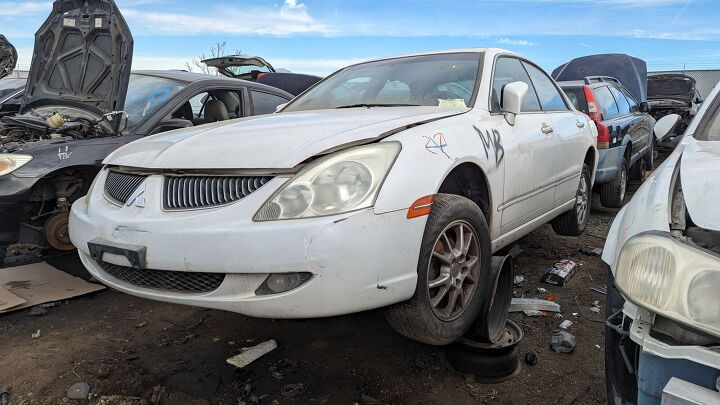

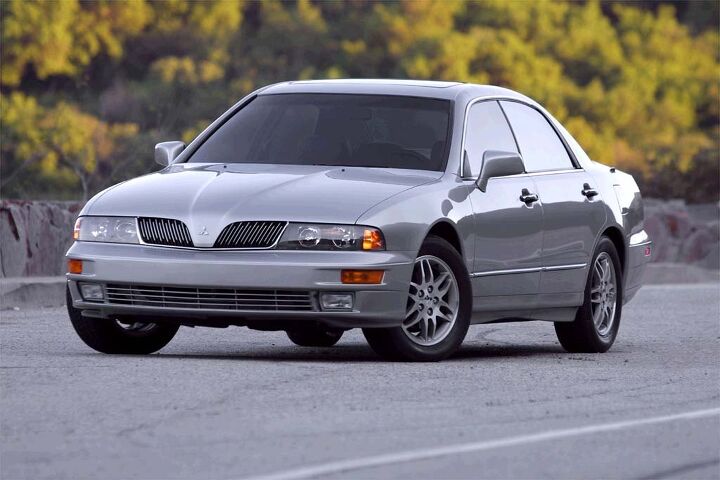
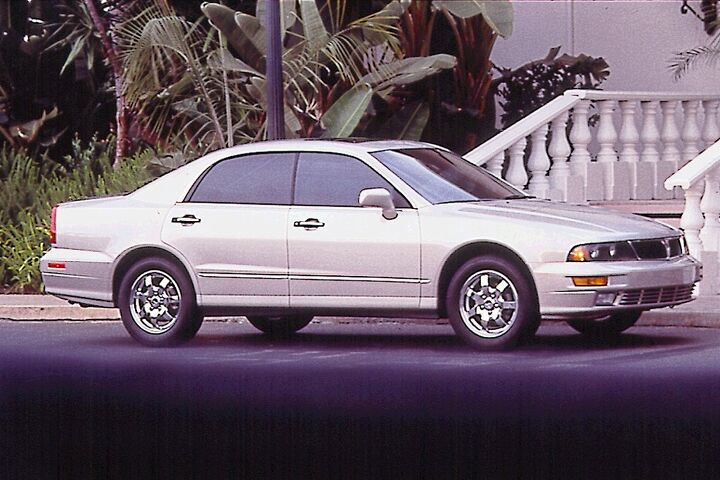
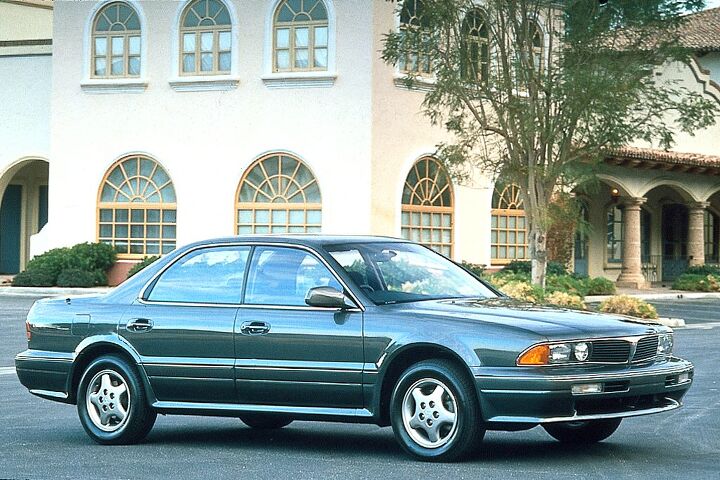
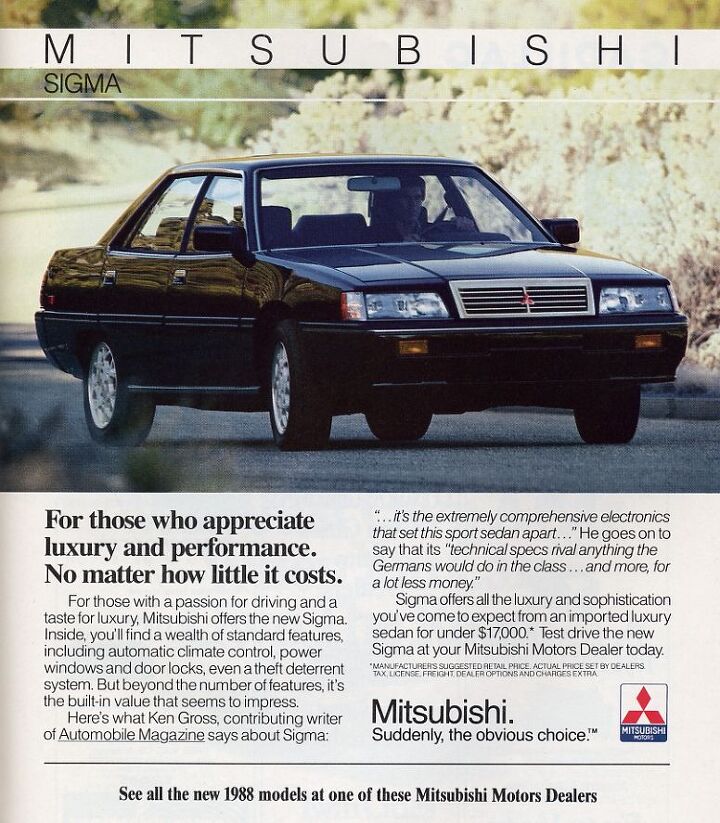
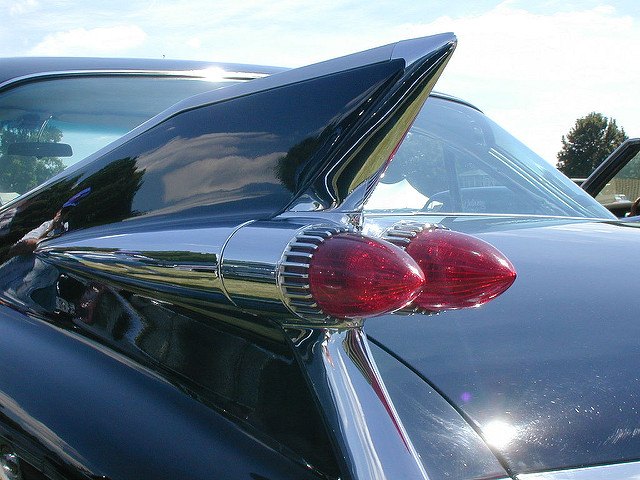
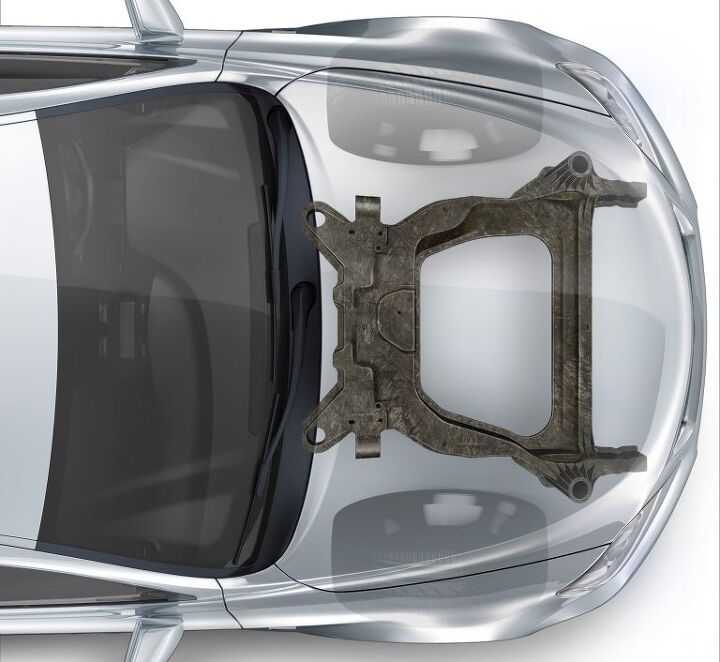
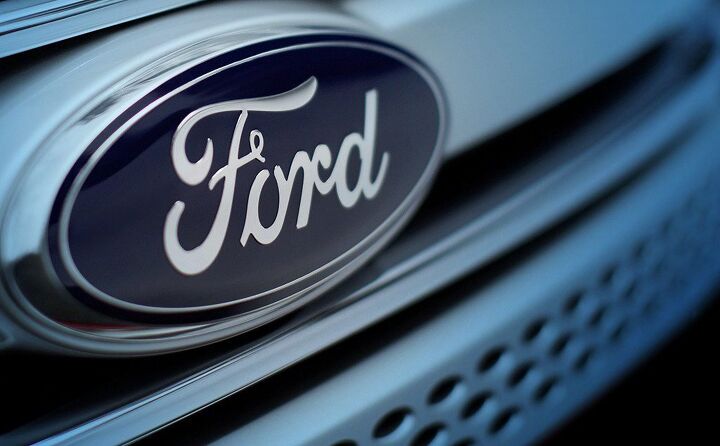
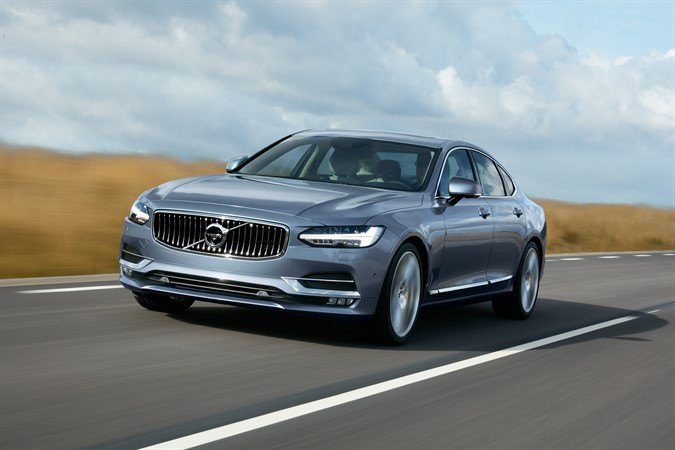















Recent Comments